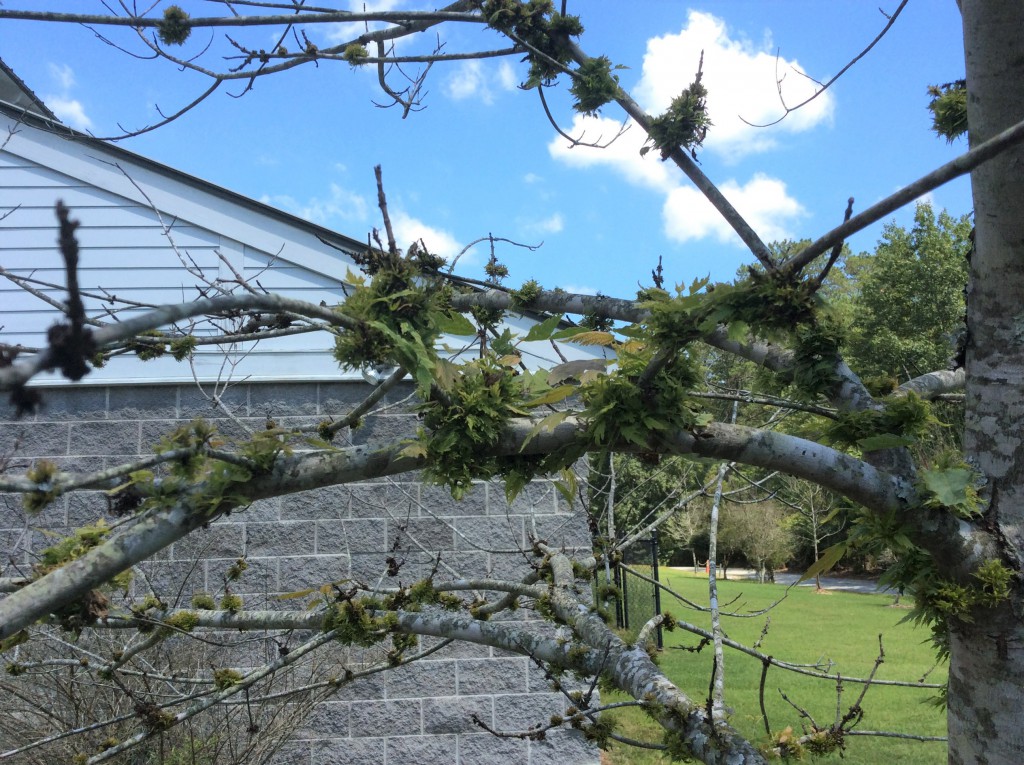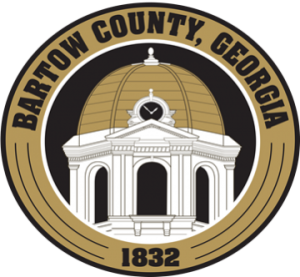Have you ever browsed the pesticide aisle at a local garden center or farm supply store? Trying to find the right product for your plant disease, insect, or weed problem can be very confusing to the average consumer. Most gardeners are familiar with brand names such as Sevin, Roundup, Spectracide, Bayer Advanced, Bonide, and Ortho. It’s important to note that these are just brand names and don’t imply any one specific chemical. In fact, each of these brands sells a variety of insecticides, fungicides, and herbicides under their same brand name.

For example, Roundup has several products sold under the same brand name. Some of their products contain the familiar, non-selective herbicide known as glyphosate. Some of their products are selective herbicides that will only kill broad-leaf weeds in your lawn. Roundup also has several other products for insect control and weed prevention.
To add to the confusion, the same chemical could be sold under multiple brand names, as in the case of glyphosate. The chemical patent for glyphosate (originally sold under the name Roundup) expired almost twenty years ago. Now there are over fifty different brands that sell glyphosate. For savvy consumers, this means you can shop around to compare the active ingredient on different brands and potentially purchase the same chemical at a lower price.
A product that only contains glyphosate would be safe to use around trees and shrubs as long as you don’t spray on a windy day or contact the leaves of those plants you wish to keep. Glyphosate is inactive in the soil, so you don’t have to worry about it affecting plant roots in the areas that are treated. Note that combination herbicides labeled as “extended control” or “max control” are only intended to be used on weeds in patios and driveways, where you don’t expect anything to grow. If you used one of these extended control products in you landscape, you might end up injuring or killing trees and shrubs—a common mistake, if you didn’t follow the label.

In some herbicide products, there are a combination of chemicals that target two or three types of weeds, such as a selective lawn herbicide that controls broadleaf weeds, nutsedge, and/or crabgrass. There’s not one selective chemical that will control all three types of weeds, so combining multiple chemicals in the same product allows you to safely control them in your lawn with one application. Be sure to check the label on these types of products, which are only safe on specific lawn grasses.
There are also herbicides that combine two or more chemicals to control existing weeds as well as prevent future weeds (pre-emergent). Depending on the type of pre-emergent, residual control could last a few months or an entire year. This is why it’s very important to read the label and make sure that you are purchasing the right chemical for your situation. Products that provide control for more than a few months should never be used in a lawn or vegetable garden if you expect to plant grass or vegetable seeds.
If you’re not sure you have the right chemical for the job, carefully read the label. Don’t assume that because two products have the same brand name that they can be used in the same situation. If you’re not sure about how or where to use a product, call your County Extension office for more information. You can also reference pesticide recommendations in the Georgia Pest Management Handbook Home & Garden Edition on our website at www.ent.uga.edu/pmh.
###
Paul Pugliese is the Extension Coordinator and Agricultural & Natural Resources Agent for Bartow County Cooperative Extension, a partnership of The University of Georgia, The U.S. Department of Agriculture, and Bartow County. For more information and free farm, lawn, or garden publications, call (770) 387-5142 or visit our local website at extension.uga.edu/bartow.
